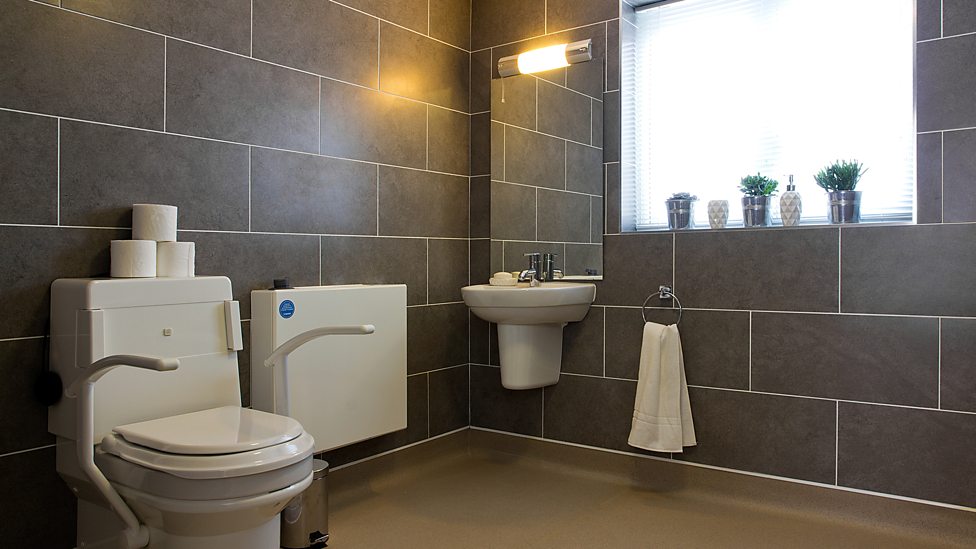
Whilst writing my last blog post on wet room designs, I touched on the subject of accessible bathroom design. This is such a big topic in itself that it warrants its own blog post! Installing a wet room is an ideal way to get a stylish and yet accessible bathroom – but there are other elements to be aware of when designing an accessible bathroom.
One of my favourite design/build TV shows by far is DIY SOS. Not only does the show help families make their homes fit for purpose, but also beautifully designed too. It’s the only show on TV that regularly focus on accessibility in design and shows that interior designers do far more than simply ‘pick out curtain fabrics’! A good interior designer will make a space work for you and a bathroom is often the place we need help with most! The BBC have a gallery of interior images worth looking at for inspiration! Here are a few of the fab accessible bathrooms that the DIY SOS team built…
I love the blue hexagonal mosaic tiles from Walls and Floors – mosaic tiles are natural slip-resistant and a good option for an accessible bathroom. Any natural stone or wood flooring is a good choice, high gloss porcelain tiles can be very slippery when wet and worth staying away from!
Depending on what your accessibility needs are, you may want to consider a walk-in bath as well as a wet room. Especially important if you find that a bath relaxes your muscles and helps with any chronic pains. There are various sizes and options available, even if you only have a small bathroom space. Walk-in baths tend to come in two access options, either with a water-tight door entry or with a lift powered seat.
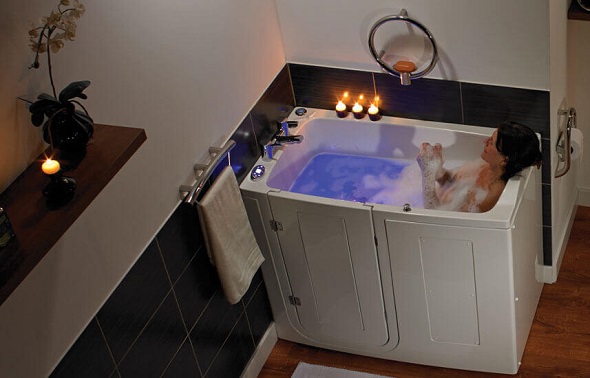
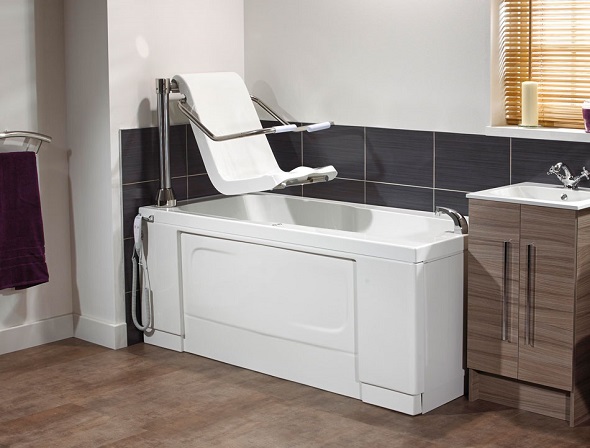
If you’re designing your own accessible bathroom, you can get guidance on minimum dimensions from government building regulations. This document includes diagrams on the minimum space required for accessible WCs and bathrooms. But if you’re hiring bathroom specialists, an architect or interior designer – they’ll be able to advise you on all of this and tailor solutions to fit your individual needs.
Natalia xo

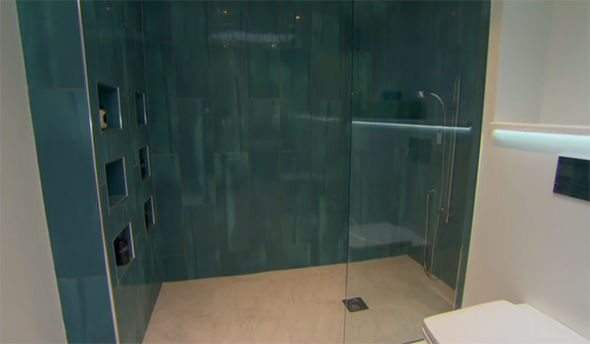

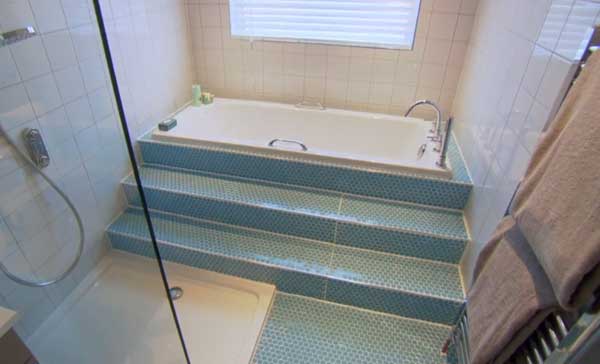
Wet rooms and assisted bathing solutions can provide a safe, stylish and comfortable environment, helping those with reduced mobility to enter and exit easily and without risk.
What a great post – thanks for sharing! Whether you’re a builder or someone requiring disabled bathroom facilities, it can be tricky knowing all the requirements and aspects you need to consider in creating an effective design. Consulting a professional is a good idea, and can save a lot of time.